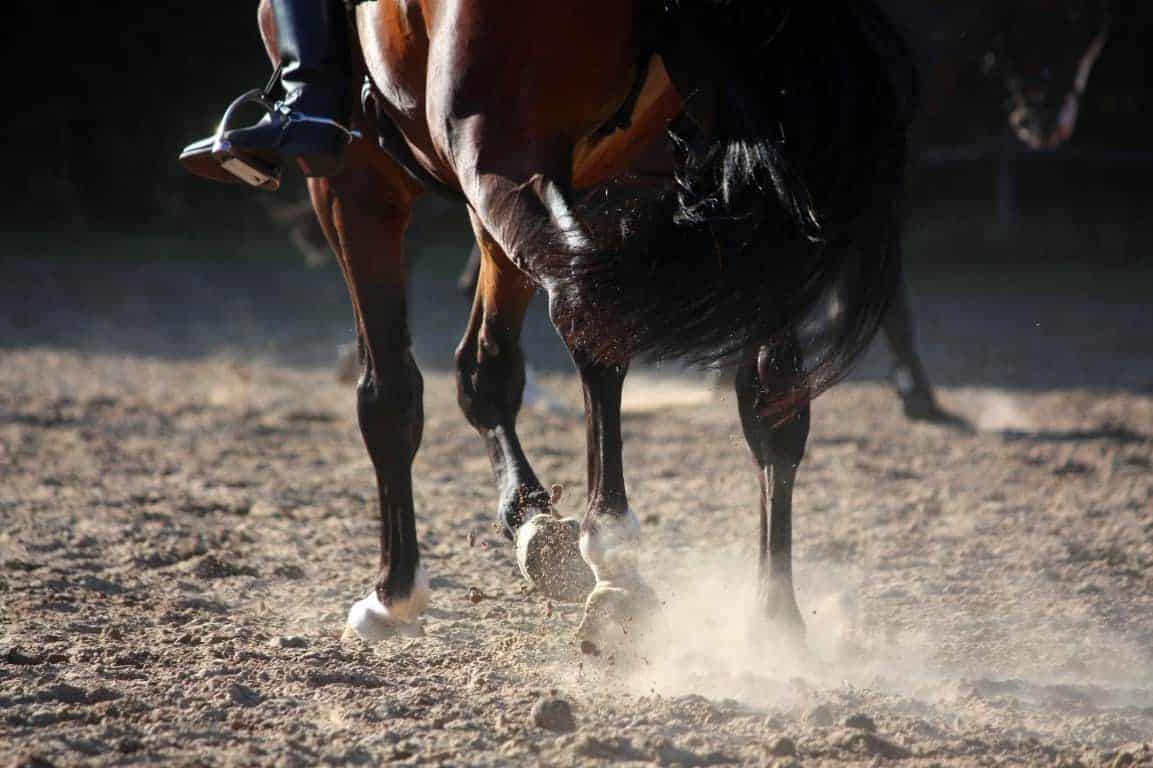Vet Essentials: Exercise for building a horse’s muscles

Our series Vet Essentials takes a look at some of the common health issues affecting horses. In this companion article to the episode ‘Care of the competition horse’ we explain all about building a horse’s muscles and fitness.
Exercise is crucial if you want to build muscle and fitness. The aims of a muscle development programme are two-fold: to increase muscle protein synthesis and therefore the size and strength of the muscles; and to influence the recruitment of different types of muscle fibres depending on the discipline in which your horse is competing.
Types of muscle
There are different types of muscle fibres present in varying proportions in each muscle: Fast twitch (Type 2) and slow twitch (Type 1). Large proportions of fast twitch fibres in a muscle mean explosive power is generated – for example when performing in a short sprint flat race or tackling the puissance wall. These muscles fatigue quickly. Slow twitch fibres are present in greater numbers in muscles used for postural control and can work for prolonged periods of time.
Different work
The best way to ensure that the correct types of muscles are being recruited and conditioned is to train your horse for the work that he will be doing. However in disciplines where working in an outline and working the top line is not the norm these horses will still benefit from additional core muscle conditioning as these supportive muscles can help to reduce injury. There are even exercises that you can do with your horse on the ground to work these areas – talk to a registered physiotherapist to get more information.
Gradual build-up
A gradual increase in the intensity of work that is asked of your horse is also important to prevent injury. Recent work conducted by the University of Liverpool suggests that horses could suffer from a condition very familiar to human athletes: DOMS or Delayed Onset Muscle Soreness. This is the pain and muscle damage generated by unaccustomed exercise that you might actually have experienced yourself – for example when you have done ‘too much’ at the gym and become very sore and stiff around 24 hours afterwards. It is likely that horses are not immune from these effects and while unlikely to be seriously detrimental to health pain poor performance and resistance to training are certainly undesirable. Build up your horse’s level of work gradually and be vigilant for signs of soreness and poor performance that could indicate that you have overdone it.
To read more about muscles click here.
Vet Essentials: Care of the competition horse is brought to you in association with Equitop Myoplast..






